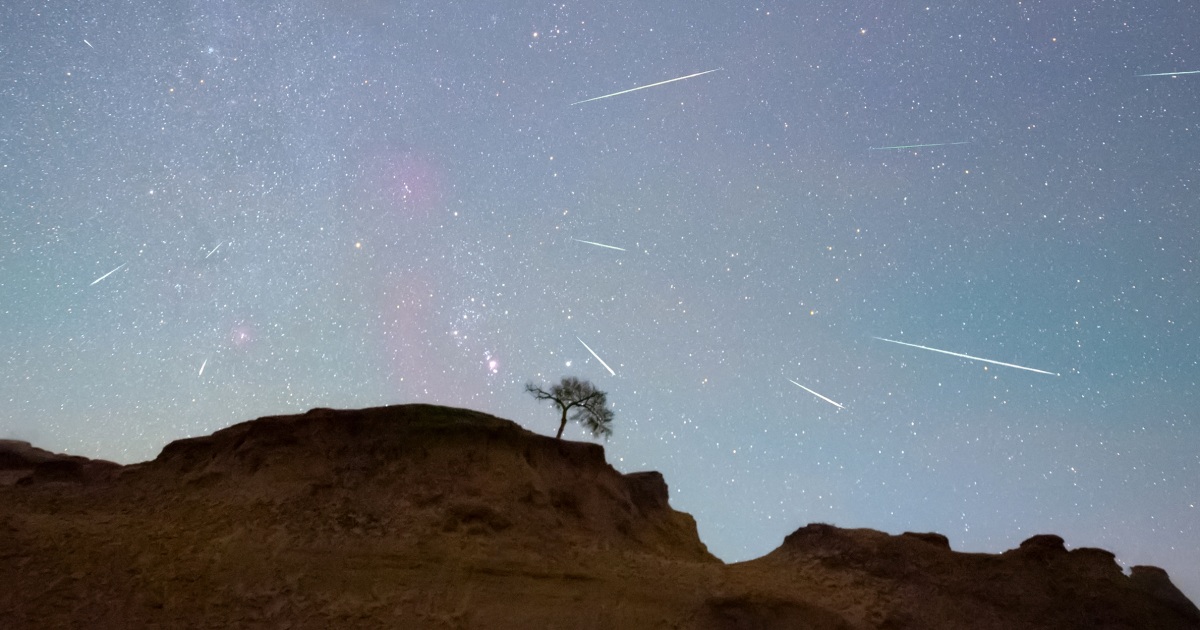
Geosynchronous Satellites
Geosynchronous satellites are artificial satellites that orbit the Earth at the same rate as the Earth's rotation, which allows them to remain in a fixed position relative to a point on the Earth's surface. They are typically placed in a circular orbit at an altitude of approximately 35,786 kilometers above the Earth's equator. Geosynchronous satellites are used for a variety of purposes, including telecommunications, weather monitoring, and navigation. They are particularly useful for applications that require a constant connection to a specific location on the Earth's surface, such as satellite television and GPS systems.
Your Previous Searches
Random Picks
- Audio Signal: In space and astronautical engineering, an audio signal refers to an electrical representation of sound waves that can be transmitted, processed, and stored. Audio signals are used in various space applications such as communication, naviga ... Read More >>
- Redundant Equipment: Redundant equipment refers to the backup or duplicate systems, subsystems, or components that are designed and implemented in a spacecraft or satellite to ensure mission success and safety. The purpose of redundant equipment is to provide a ... Read More >>
- Runway Visual Range: In the context of aerospace engineering, Runway Visual Range (RVR) is a crucial term that refers to the distance over which a pilot of an aircraft on the centerline of the runway can see the runway surface markings or the lights delineating ... Read More >>
Top News

Bestselling author explains the science of happiness: "You can do the work"...
Bestselling author and Harvard professor Arthur Brooks opens up about how enjoyment, satisfaction and meaning in life can increase a person's wellbeing....
News Source: CBS News on 2024-11-18

November's full moon, known as the Beaver Moon, is the last supermoon of 2024. H...
November's full moon, known as the Beaver Moon, is the last supermoon of 2024. Here's when it peaks and why it's called the Beaver Moon....
News Source: CBS News on 2024-11-15

You can't put a price on the sense of awe particle physics inspires...
Astronomy and particle physics are no longer seen as vital by the US establishment, so funding has fallen. But our work creates a sense of wonder, and wonder matters, says Chanda Prescod-Weinstein...
News Source: New Scientist on 2024-11-13

If you want to stretch your gift game into days this holiday, check out these ad...
The advent calendar phenomenon is growing every year, with so many exciting, fun, beautiful, and delicious options available...
News Source: ABC News on 2024-11-04

November brings a bonanza of meteor showers...
November brings a skywatching bonanza, with three meteor showers — the Southern Taurids, Northern Taurids and Orionids — offering chances to see shooting stars....
News Source: NBC News on 2024-11-02